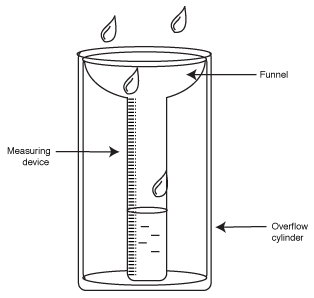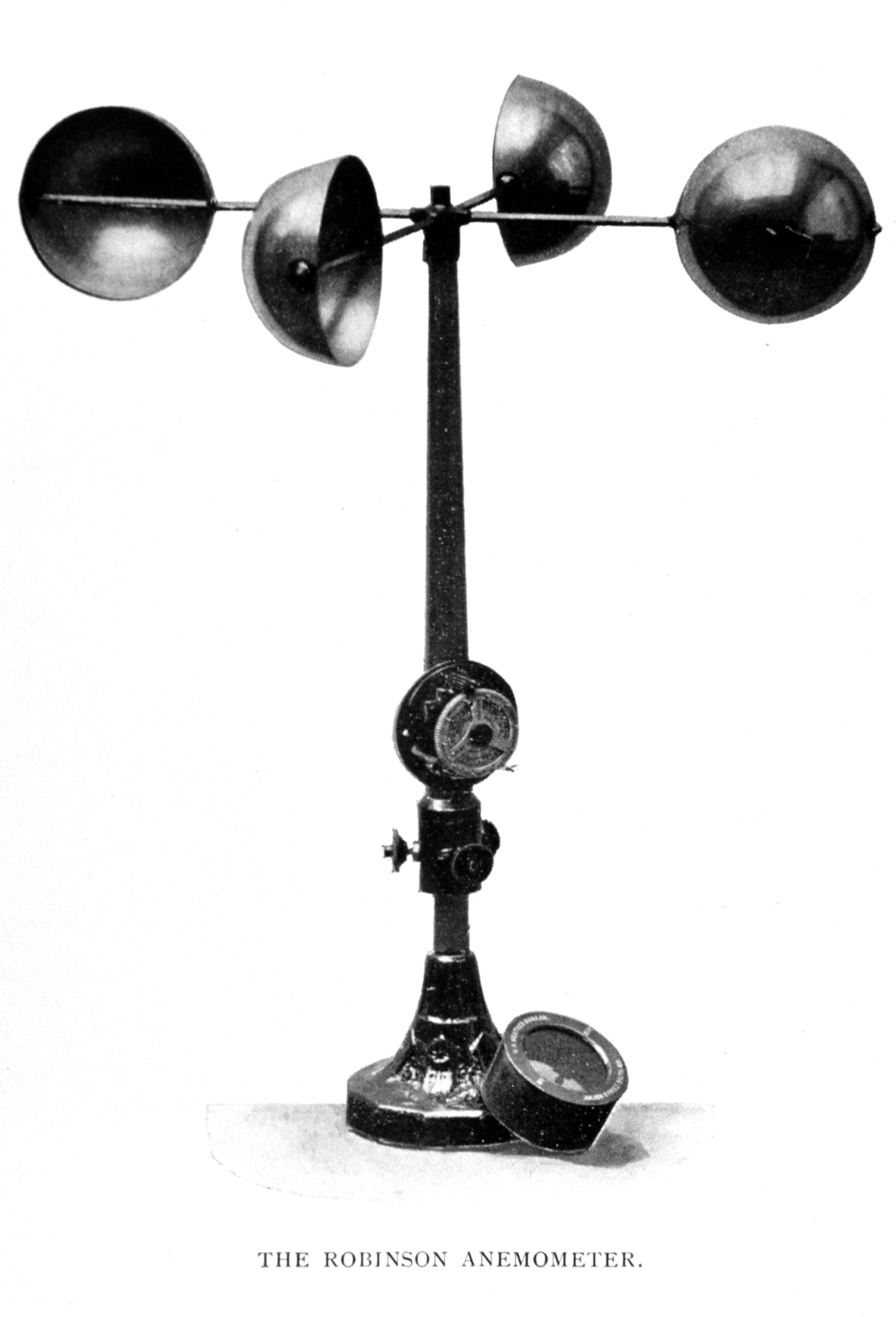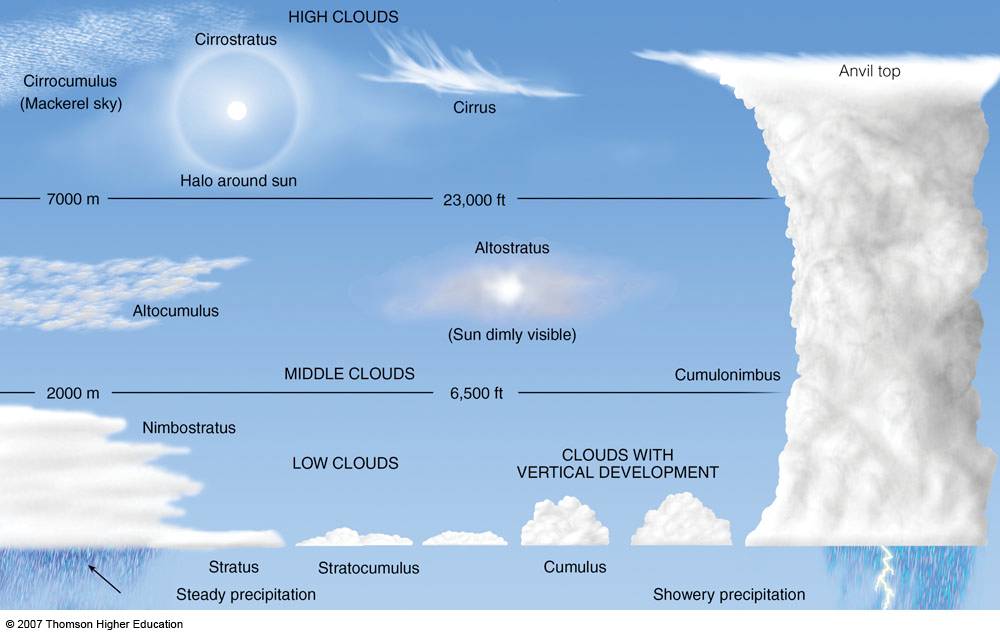Weather elements and the instruments to collect them
- Temperature
- Humidity
- Precipitation
- Pressure
- Wind
1. Temperature: Maximum-minimum thermometer


Source: http://www.walterproducts.com/products-main/measurement/temperature/thermometers/maximum-minimum-thermometer
https://golearngeo.wordpress.com/category/formula/
2. Humidity: Wet-and-dry bulb thermometer (hygrometer)


Source: http://www.psscientific.com/shop/humidity/analog-hygrometers/reedmodelwd-5wetdrybulbhygrometer.aspx
http://weatherweatherweather.blogspot.com.br/p/all-about-weather.html
3. Precipitation: Rain gauge


Source: http://www.theolivecentre.com/Olive-Equipment/Weather-Monitoring/Rain-Gauge.html
http://www.factmonster.com/cig/weather/measuring-rain.html
4. Pressure: Barometer

Source: http://www.wisegeek.org/what-is-a-barometer.htm
5. Wind: Anemometer and wind vane


Source: https://en.wikipedia.org/wiki/Anemometer
http://www.testolimited.com/testo-417-vane-anemometer

Source: http://www.wisegeek.org/what-is-a-wind-vane.htm
Some other instruments
Sunshine recorder


Source: http://www.kuriositas.com/2011/02/campbellstokes-sunshine-recorder.html
http://www.econet.org.uk/weather/sun.html
Stevenson screen

Source: http://www.bom.gov.au/climate/cdo/images/about/stevenson.jpg
The Stevenson Screen or thermometer screen is a standard shelter (from rain, snow and high winds, but also leaves and animals) for meteorological instruments, particularly wet and dry bulb thermometers used to record humidity and air temperature.
It is kept 1.25m/4.1ft (UK standard) above the ground by legs to avoid strong temperature gradients at ground level, has louvred sides to encourage the free passage of air, and is painted white to reflect heat radiation, since what is measured is the temperature of the air in the shade, not of the sunshine.
Source: http://www.weatheronline.co.uk/reports/wxfacts/The-Stevenson-Screen.htm
Measuring cloud cover


Source: https://en.wikipedia.org/wiki/Okta
http://www.bbc.co.uk/bitesize/ks3/geography/physical_processes/weather_climate/revision/3/
Types of clouds

Source: http://www.chemtrailplanet.com/CloudTypes.jpg
High clouds (6000 to 13000m)
Cirrus - Ci
Picture by Luís Carlos Torelli - UMAPAZ
Cirrocumulus - Cc
Middle clouds (2000 to 6000m)
Picture by Luís Carlos Torelli - UMAPAZ
Picture by Luís Carlos Torelli - UMAPAZ
Stratocumulus - Sc
Low clouds (0 to 2000m)
Nimbostratus - NsPicture by Luís Carlos Torelli - UMAPAZ
Stratocumulus - Sc
Picture by Luís Carlos Torelli - UMAPAZ
Stratus - St
Picture by Luís Carlos Torelli - UMAPAZ
Cumulus - Cu
Cumulus clouds are ranked by their size, they are all pre stages to a cumulonimbus. A cumulus fractus is a "piece of a cumulus cloud.
CUMULUS FRACTUS < CUMULUS HUMILIS < CUMULUS MEDIOCRIS < CUMULUS CONGESTUS < CUMULONIMBUS
Picture by Luís Carlos Torelli - UMAPAZ
Cumulonimbus - Cb
Picture by Luís Carlos Torelli - UMAPAZ











I really enjoyed your blog T7hanks for sharing such an informative post read more
ReplyDelete